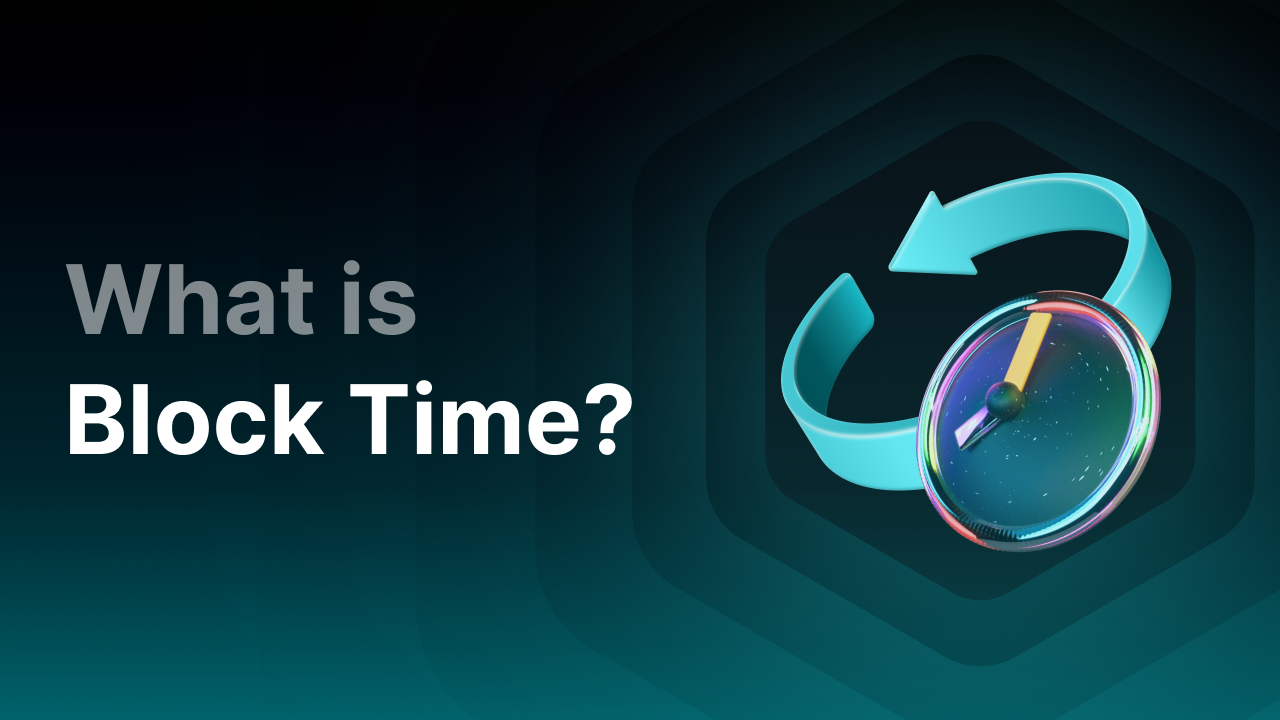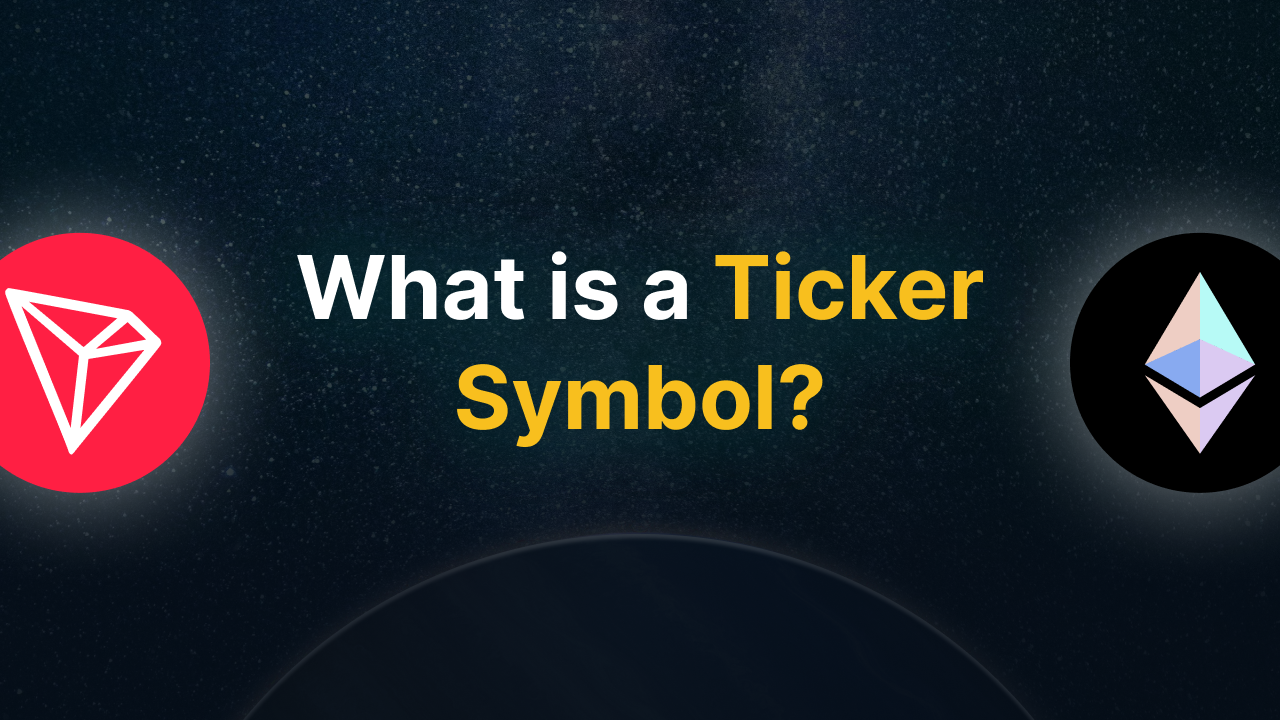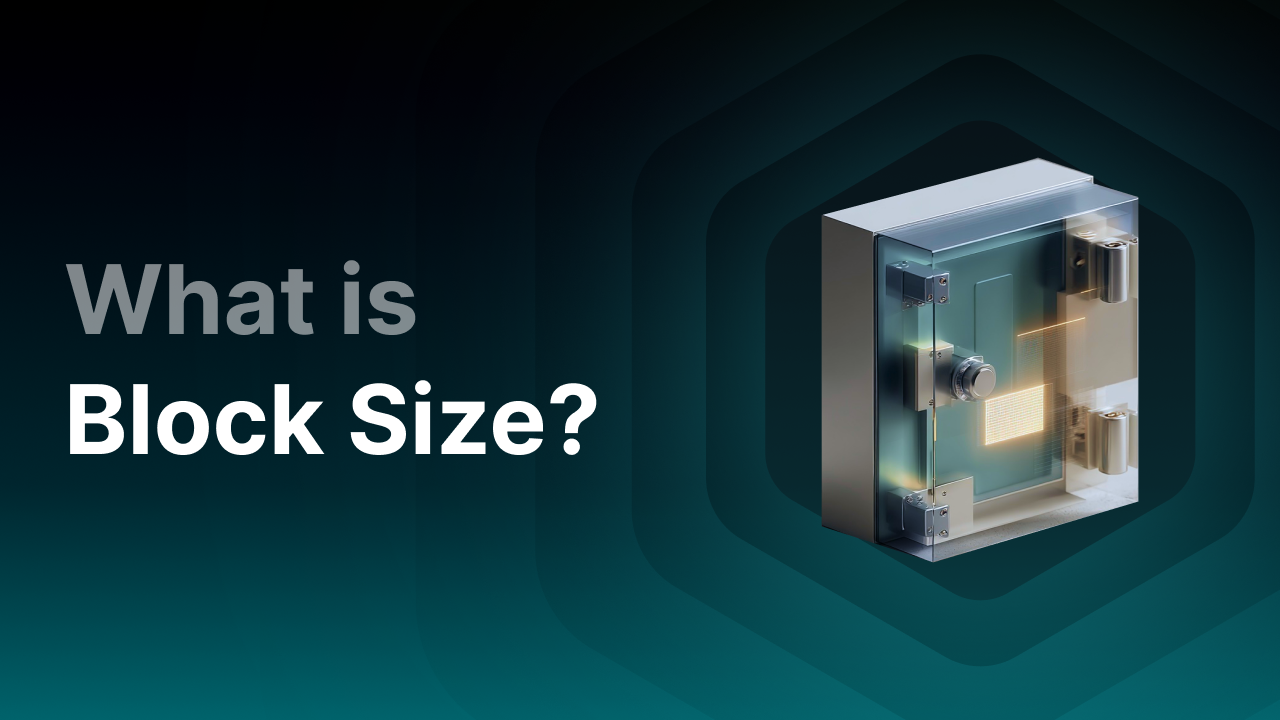What is liquid staking and how does it work?

What is liquid staking?
Liquid staking is a form of staking where, unlike traditional staking, you do not have to lock your tokens. In traditional staking, you temporarily lock your crypto to secure the network and earn rewards. Liquid staking allows you to earn those rewards while also using your tokens in DeFi applications such as lending, borrowing, or yield farming.
Here’s how it works: you use a liquid staking protocol to stake your tokens, instead of sending them to a staking pool or running your own node. The protocol sends your tokens to a validator but gives you a liquid staking token (LST) in return. A liquid staking token is a tradable token that represents your staked position. This allows you to continue using your crypto in DeFi applications, offering flexibility and efficiency within the crypto ecosystem.
Key Takeaways
-
Liquid staking allows you to earn staking rewards while keeping your tokens liquid via tradable liquid staking tokens (LSTs).
-
You receive an LST (such as stETH or rETH) that represents your staked crypto and can be freely used in DeFi applications such as lending, trading, or yield farming.
-
LSTs are either value-accrual tokens (whose value increases) or rebase tokens (where your balance increases), depending on the protocol.
-
Unlike traditional staking, liquid staking offers more flexibility, capital efficiency, and DeFi access, but also requires more technical knowledge and risk awareness.
-
Liquid staking introduces additional risks such as smart contract failures, price deviation (depeg), liquidity issues, and loss of ownership when selling the LST.
How does liquid staking work?
Liquid staking functions like traditional staking: it helps blockchains that use the Proof of Stake consensus mechanism validate transactions and maintain security. However, it addresses traditional staking's limitations — namely that you must lock your tokens and can't use them temporarily. With liquid staking, you still stake but receive liquid staking tokens (LSTs) in return. These represent the value of the ‘real’ tokens and can be used in other DeFi applications such as yield farming and lending. This lets you maximize the utility of your crypto while growing your holdings.
Over the years, several liquid staking protocols have been developed for different blockchains, including Ethereum, Solana, Polygon, and BNB Chain. These protocols enable users to stake any amount and lock it within the protocol. The protocol then deposits the tokens into a staking pool. In return, you receive an equivalent amount in LSTs. These tokens are minted after sending your amount to the protocol. Their names usually combine the base token name with a prefix, indicating it’s an LST, e.g., Staked Ether (stETH) or Rocket Pool Ethereum (rETH).
For example, if you stake 1 ETH through Lido, you receive 1 stETH in return. This tokenized version can then be used in other DeFi applications, like trading. Keep in mind that LSTs are proof of ownership. If you sell your LSTs, you also give up rights to your staked crypto. That ownership passes to the buyer. You can no longer unstake those tokens.
If you unstake your crypto, you get your original tokens back after the standard waiting period (often a few days to a week), and you return the LSTs. The LSTs are then burnt (removed from circulation).
The liquid staking process
To get started with liquid staking, you follow a few steps:
-
Send tokens to a liquid staking protocol:
For example, you send 10 ETH to a liquid staking protocol such as:-
Lido
-
Rocket Pool
-
Frax ETH
These platforms are well-known and user-friendly. You can send tokens by connecting your wallet, such as Metamask.
-
-
The protocol distributes stake across validators:
The protocol spreads your stake across validators. These are nodes that secure the network, validate transactions, and add new blocks to the blockchain. Good protocols diversify across nodes to increase decentralization and reduce slashing risk. -
You receive an LST:
The protocol mints the LSTs. In this case, that might be 10 stETH or 10 rETH depending on the protocol used. These tokens are then free for you to use however you wish. -
Rewards are automatically processed:
You now earn rewards, typically paid daily or several times per week, depending on the protocol. Payouts are usually in LSTs. There are two LST types: value-accrual tokens and rebase tokens.-
Value-accrual tokens (like stETH, rETH): token price increases as you earn rewards. Token count stays the same, but value increases relative to ETH. Example: stake 1 ETH → receive 1 stETH → after a year, stETH is worth 1.04 ETH → you receive 1.04 ETH when unstaking.
-
Rebase tokens (like stATOM on Cosmos): token amount increases. Example: stake 100 ATOM → receive 100 stATOM → after a year you have 104 stATOM → redeemable for 104 ATOM.
-
-
Free usage in DeFi:
Once received, you can use LSTs immediately. For example:-
Trading (instant exit)
-
Lending or borrowing on platforms like Aave
-
Providing liquidity for yield farming, e.g., via Uniswap
-
Restaking LSTs to compound rewards
-
Result: while your crypto secures the network and earns rewards, your capital stays liquid and productive in other protocols.
Examples of Liquid Staking Protocols
Over time, many liquid staking protocols have emerged across different networks. Below are some well-known protocols:
Differences between Liquid Staking and Traditional Crypto Staking
Liquid staking and crypto staking share the same goal: validating transactions and securing the network in exchange for rewards. However, key differences exist for users. Here's an overview:
-
Liquidity: Traditional staking makes your tokens illiquid — they’re locked in the validator contract. After unstaking, and once received, you can use them again.
Liquid staking keeps your tokens liquid via LSTs. You can freely use them in DeFi.
-
DeFi Access: Traditionally staked tokens can’t be used in DeFi while locked — rewards only.
Liquid staking allows LSTs to be used for borrowing, lending, restaking, and yield farming.
-
Unstaking Period: Traditional staking has a mandatory unbonding period (some networks >2 weeks). You usually earn no rewards and can’t access your tokens during this time.
Liquid staking bypasses this by letting you sell LSTs on DEXs, though you forfeit ownership of your staked tokens. This gives greater flexibility during price swings. You can swap LSTs for stablecoins like USDC.
-
Complexity: Traditional staking is usually simpler. You can stake on many CEXs or DEXs by choosing a staking pool. No interaction with smart contracts, making it safer and easier.
Liquid staking is more complex and requires technical knowledge: DeFi use, external wallets, smart contracts, reward mechanisms, and LST use.
-
Reward Payouts: Traditional staking usually pays rewards as extra tokens directly from the network. Your balance grows periodically.
Liquid staking often works differently: you don’t receive more tokens, but your LST increases in value.
Example: 1 stETH was once worth 1 ETH, but after time may be worth 1.05 ETH.For rebasing tokens (like mSOL), your token count increases.
Example: after one year, you have 1.05 mSOL instead of 1 mSOL. -
Risks: Both staking types carry slashing risk: validators may lose a portion of your stake if they behave poorly.
Liquid staking adds further risks:
-
Smart contract risk: bugs or hacks may cause loss.
-
Price volatility: LSTs may temporarily diverge from the base asset (e.g., stETH < ETH).
-
Protocol risk: governance failures or exploits.
-
Benefits of Liquid Staking
-
Maintained liquidity
Your assets remain liquid through LST tokens. -
Capital efficiency
LST tokens can generate extra income beyond staking, via yield farming, lending, and EigenLayer restaking. -
Access to broader DeFi ecosystems
LSTs are often accepted as collateral in lending, liquidity pools, or new DeFi protocols. -
Faster exit
Instead of waiting through unbonding, you can sell LSTs instantly on DEXs.
Risks of Liquid Staking
-
Smart contract risk
Relies on complex contracts. Bugs, hacks, or misconfigurations may lead to losses. -
Liquidity risk
During major price swings, selling LSTs quickly and at fair value may be difficult. -
Price deviation (depeg)
LSTs can deviate from the underlying asset (e.g., stETH ↔ ETH), especially during market crashes. -
Validator risk (slashing)
If a validator misbehaves or performs poorly, some of your stake may be slashed (lost). -
Regulatory uncertainty
Regulators are closely watching staking services. Liquid staking may fall under financial laws in some regions.
Final thoughts
Liquid staking is an innovative development in the Proof of Stake ecosystem. It combines the rewards of traditional staking with the freedom of liquidity, enabling users to fully leverage their staked assets within DeFi. At the same time, it demands a strong understanding of the associated risks and complexity — especially when dealing with LSTs and integrations like restaking. For those active in the DeFi landscape and willing to explore the technology, liquid staking is a powerful tool for maximizing crypto returns.




